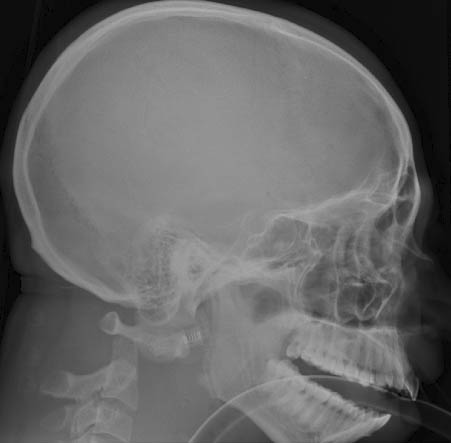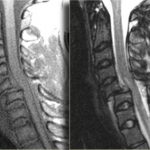Has this happened to you? A patient with a serious head injury is not waking up as expected. There were a few punctate hemorrhages seen on the initial CT scan. Your neurosurgery colleague orders an MRI to “provide a prognosis on the patient’s injury.”
Is this a legitimate request? Sure, MRI is very sensitive at detecting very small hemorrhages that may signal the presence of diffuse axonal injury (DAI). But do more abnormalities on MRI equal a poorer prognosis or longer recovery time?
A group from Vanderbilt presented their data from a retrospective cohort study at EAST earlier this year. They reviewed 7 years of data from 2006 to 2012, including all patients with a head CT positive for intracranial injury and an MRI within 2 weeks. They excluded penetrating injuries and patients with psychiatric or neurologic disorders. They analyzed information on three year mortality, functional outcome, and quality of life.
Here are the factoids:
- A total of 311 patients met all inclusion/exclusion criteria, with a median age of 40 and serious injury (average ISS 29, average ICU length of stay 6 days)
- Functional status at discharge could be assessed in 240 patients, and only 118 could be contacted for long-term followup questions
- Only 56% of patients with severe TBI had an MRI positive for DAI
- Functional status was lower on discharge for patients positive for DAI on MRI
- There was no difference in Glasgow Outcome Score, quality of life, or 3 year survival in patients with MRI evidence of DAI compared to those without
Bottom line: This is a relatively large study, but there are still several weaknesses that could skew the numbers a bit. However, it appears that MRI for prognostication of outcomes in patients with clinical DAI is not very helpful. First, only about half with a clinical picture of DAI showed it on MRI. And sure, MRI may tell us a little bit about their status when they are discharged from the hospital to rehab or transitional care. But is that information very useful? It certainly does not help predict their outcome in the longer term. So why order an expensive and difficult study (think restraints, sedation, lots of pumps and monitors) to tell us what we already know based on our experience with severe TBI?
Reference: Prognosis of diffuse axonal injury with traumatic brain injury. J Trauma 85(1):155-159, 2018


